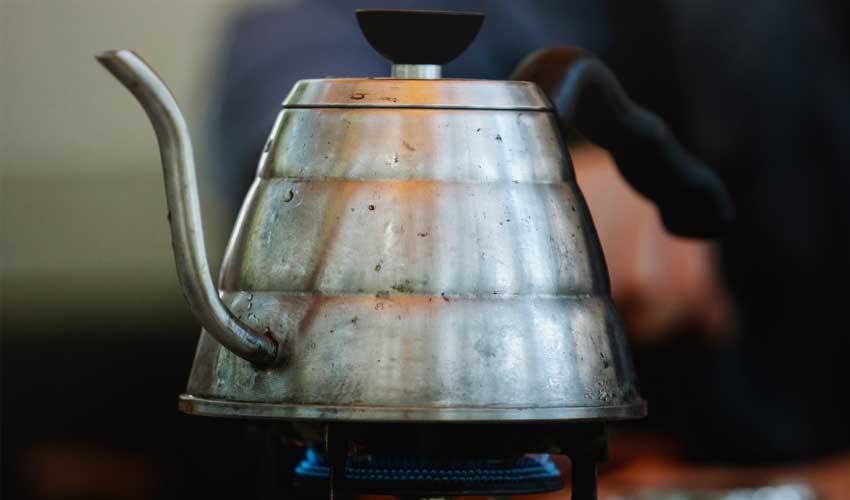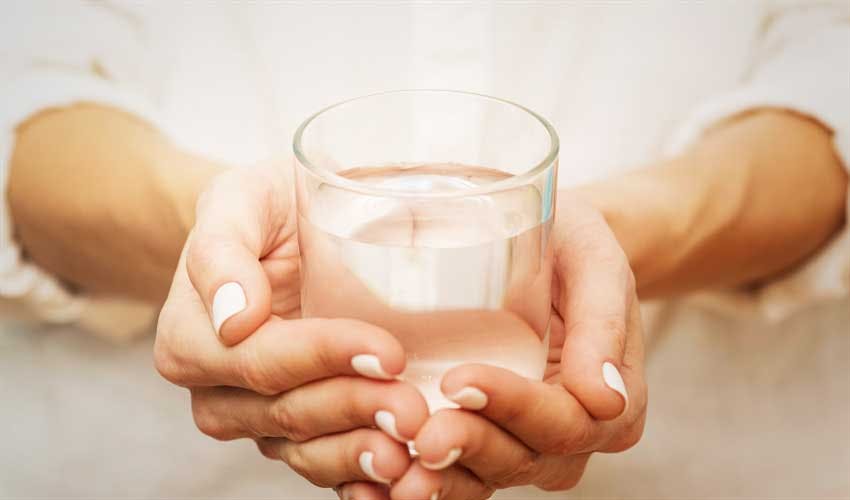Water is essential for all living things. It flourishes and sustains, ensuring that life remains thriving. The human body can survive without food, but never without water. This makes hydration an integral part of our daily lives, but the choice of drinking water can lead to problematic choices, sometimes bordering on dangerous. Clean drinking water has unfortunately become a commodity, and the need to consume even a drop of clean water has become difficult to do.
Tap water may be clean in many areas, but it’s likely teeming with microbial life. Although most can be beneficial, it’s only a matter of time before coming across one that can compromise your health, making it vital to ensure that your drinking water is completely safe. Drinking water is also under attack by other pollutants, including chemicals that can greatly affect your health.
It’s crucial to do everything in your power to protect your health and your family’s, and one of the best places to begin is by tackling myths and misconceptions surrounding water purification. It’s not all that it seems:

Myth #1: Boiling water makes all the contaminants go away for good
For centuries, humans have used boiling as a method of cleansing water. It seems intuitive that boiling can get rid of the contaminants in the water, because after all, it’s highly effective in destroying microorganisms. Boiling essentially gets rid of bacteria, viruses, and fungi that may live in the water, but it’s not sufficient in making the water completely safe.
Because of the process of water treatment, your tap water may have various chemicals mixed in it, including chlorine and fluoride. Toxic heavy metals such as lead and mercury may also exist in the water due to common plumbing methods. Furthermore, there may be sediments and industrial waste in the water, which can be harmful if ingested in large quantities.
While boiling your tap water can help protect against microorganisms, it does not do anything to treat these harsh chemicals.

Myth #2: Purification of water rids minerals your body needs to ingest
Water purification removes any particle that may contaminate the water, and this includes minerals. However, the significant portions of minerals naturally come from the food you eat, not the water you drink. The body naturally filters out many of the minerals in water and mostly absorbs the minerals present in food.
The minerals present in unpurified water are basically dissolved rock sediments, which your body cannot readily digest. Your body is more inclined to digest the minerals present in the food you eat, such as the calcium in milk, broccoli, and other food.
If you do feel the need to add minerals to your water, however, it’s better to re-mineralize purified water. Although unpurified water may have minerals, it can also have many unwanted chemicals and contaminants. Re-mineralizing purified water, however, allows you to put helpful minerals in the safe, purified water.

Getting Safe, Clean, And Healthy Drinking Water
A little knowledge goes a long way, especially when it comes to things you need for survival. Water may indeed be vital, but you’ll want access to only the best. Once you understand what you’re up against, such as the presence of chemicals and microbes in your drinking water, myths and misconceptions about purification, and other more pressing issues, you’ll be able to finally choose an effective way of cleaning water.
When it comes to safe and clean drinking water, there are no compromises. For this reason, you’d want to invest in solutions from Ecobud. We offer you water filter products that support your healthy living goals, including our glass water filter jug, benchtop water filters, and even eco-friendly bottles. Allow our products to help you achieve a healthier lifestyle — order now.